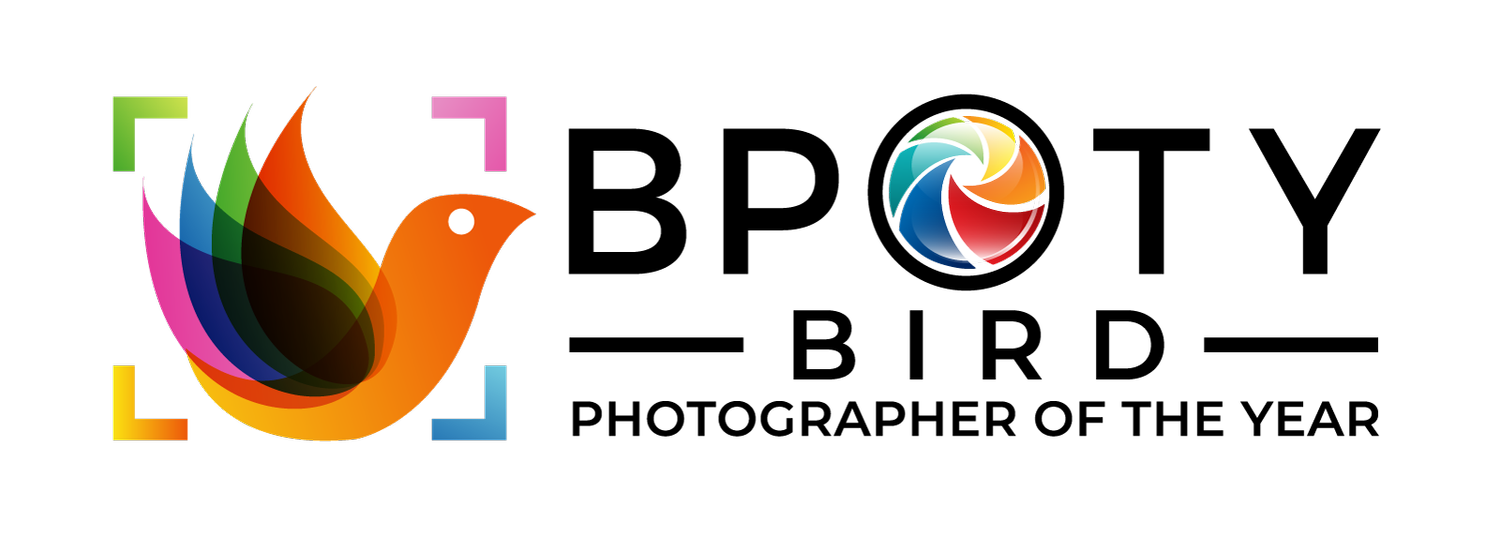1. A Guide to Basic Equipment
Central to any bird photographer’s kit are a camera body and lens. In this article we will talk about the DSLR (Digital Single Lens Reflex) bodies. Mirrorless camera systems are starting to make a big impact in the market, but they are the subject of a future article. DSLR cameras use a mirror system so that what you see through the lens is what is captured on the sensor; lenses are interchangeable. The range of manufacturers and models is vast, and choices can be bewildering. To follow are some guidelines to help navigate this minefield.
a. Camera body file size
The heart of a digital camera is its sensor: a grid of dots (pixels) each of which records colours and their intensities when exposed to light. More pixels means more detail can be captured by the sensor and modern cameras boast sensors with tens of megapixels (MP), a megapixel being a million pixels. Resulting image quality is also influenced by internal camera software. Nowadays, cameras in the 20-40MP range are typical and resulting file sizes are enormous. But image size is not all-important. Take an identical image with 20MP and 40MP cameras, print both at A4 at the same resolution and you will be hard pushed to tell the difference. Images from a 36MP camera will print to more than 60cm maximum dimension, an excessively large size in most circumstances. Large file sizes do, however, allow for significant cropping to be made but otherwise, beyond 20MP, size is arguably not the most important consideration for most photographers.
b. Camera body sensors: FX vs DX
DSLR cameras sensors are either ‘full frame’ or ‘cropped’. The term ‘full frame’ harks back to the days of 35mm film and relates to a sensor whose area is roughly 24mm x 36mm, the film dimensions of old. As the name suggests, with cropped sensor cameras the sensor area is cropped, producing the illusion of magnification.
Regardless of format, almost all modern cameras produce images whose quality is astounding under the right circumstances, and any differences are subtle. To complicate matters cameras are available in a spectrum of sensor MP sizes, reflected in the pricing, so you are seldom comparing like with like. However, if you take two cameras with identical output file sizes then the full frame sensor’s pixels will be larger than their cropped sensor counterparts, and resulting images less ‘noisy’ (grainier in appearance), especially at ISO settings above 800. Crop-sensor cameras are generally smaller, lighter and cheaper than their full frame counterparts and are an option if the size of the subject in the frame is your main concern. But this magnification is illusory and the same effect can be produced by cropping an equivalent full frame image in post production. If your budget allows, then a full frame camera body is probably the best option, one whose sensor lies in the 25-40 megapixels range.
c. Camera body frame rate and autofocussing
If you like taking action shots then you will be frustrated if the camera’s frame rate is less the 6 shots per second, and around 10 per second is be ideal. Also, the camera’s ability to autofocus quickly will be significant if, for example, you want to take birds in flight; both the camera and the lens play crucial roles in this function. Take reviews you read with a pinch of salt and try the various combinations yourself before making a purchase.
Fast frame rate and rapid, accurate autofocussing were needed to capture this European Storm-petrel in flight. ©Pail Sterry/BPOTY
d. Lenses
In most circumstances, bird photographers require a telephoto lens of some description. Fixed focal length lens of 300mm or more are favoured and a 600mm f/4 lens is the mark of a serious individual. These monsters produce stunning results in the right circumstances but are very heavy, requiring a tripod for most situations. Shorter lenses are hand hold-able to a degree, depending on your strength. Another option is a telephoto zoom. The most appropriate models span focal lengths somewhere in the 100mm-500mm range. They are comparatively lightweight because fundamentally they contain less glass and have a resulting darker operating aperture (typically f/5.6). This has an adverse knock-on effect on the speed and ability of autofocus function.
e. Converters
Referred to as ‘extenders’ by some manufacturers, the magnification offered by 1.4x and 2x converters is irresistible for bird photographers seeking to increase the size of the subject in the frame. However, they do have disadvantages. They reduce the amount of light reaching the sensor by a significant amount, which affects autofocus speed and aperture unless you increase the ISO. In addition, they cause deterioration in image quality. The effect is barely noticeable with some lens/converter combinations but ruinous with others. Try out all the combinations and see what works for you.
The long ‘reach’ of a 600mm lens and 1.4x converter were needed to achieve good image size and definition with this Balearic Warbler, which is a tiny bird. ©Paul Sterry/BPOTY


